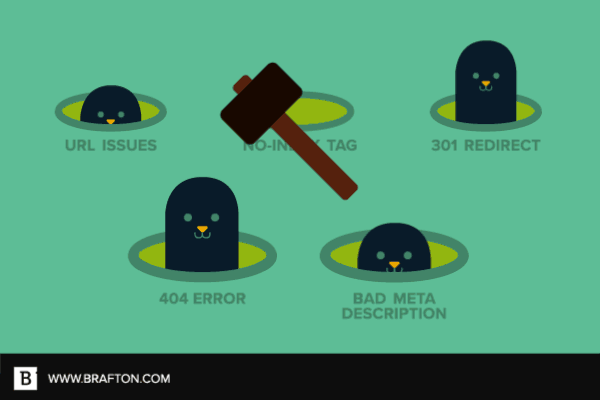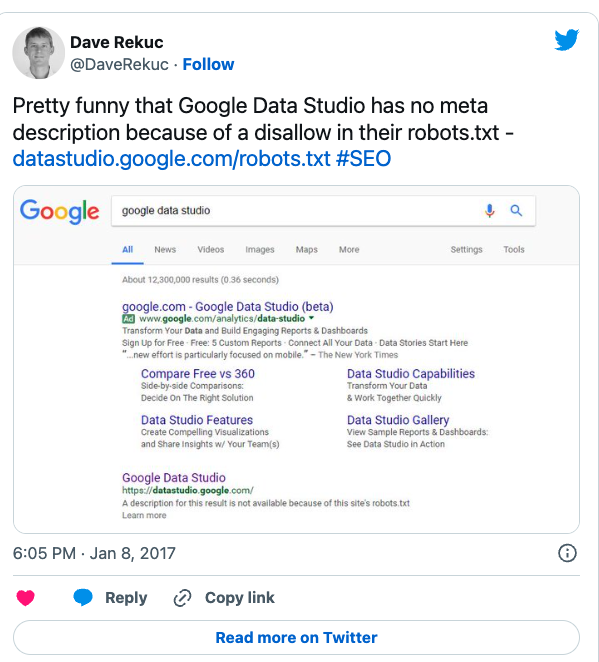“They have no keywords they can target.”
That was the prognosis our employee received from a “friend who worked at Google” when soliciting advice on our extremely niche client.
Excuse me?!
Yes, they are niche. But no, there is no such thing as “no keywords to target.” That’s crap. Don’t let anyone ever tell you that. That’s just lazy.
Background:
Our client started an SEO project with us because they were generating zero search presence for a cluster of reasons. (Technical SEO projects often turn into a game of whack-a-mole.)

For starters, they had no idea which search queries to target because they didn’t know what kinds of questions their audience asked. So they targeted none.
Second, they had no hierarchical URL structure, which we call “flat.” So Google had no clue what parent-child relationships existed between pages, and therefore treated them all with the same level of importance – which was roughly zero.

Our prognosis…
- Set up a new URL structure and 301 redirects from old addresses.
- Identify the supposedly “non-existent” keywords to target.
- Designate how each keyword will be used:
- optimize on-page for existing landing pages.
- create new landing pages.
- write blog posts on the keyword topic.
Lastly, we did some some technical cleanup: 404s, rewrite meta descriptions, etc.
The elbow grease
Have you ever seen a website where every page is orphaned on the root domain without a subdirectory? It looks like this for every page on the site: www.somesite.com/some-page. Not only is this a nightmare to to make sense of in your web analytics tool, but it’s also sloppy SEO.
Ideally, your site should follow a logical hierarchy that indicates parent-child relationships. For our previous example it should have looked like: www.somesite.com/some-service/some-specific-solution. This tells Google that /some-service is the parent to the product /some-specific-solution.
When we made this switch for our client, their site went from flat and equal to structured and weighted.

We did this by changing the existing URLs and submitting 301 redirects from the old locations to the new locations. It’s like submitting a change of address to the post office. Don’t forget this step, or you will be throwing gasoline on a fire!
It’s keyword research time
How do you do keyword research for a client that doesn’t have the first clue what their audience is searching for? The answer is, you make a massive list and work directly with the client to narrow it down for relevancy.
We started by:
- Looking at the client’s products and services and jotting down every possible search query a human could possibly enter to find their website. Questions-based queries, solution-oriented queries, shopping-based queries. Everything. The list was huge.
- We then ran them through a battery of tests – monthly search volume, organic competitiveness, and SERP crowding.
- We asked the client to rank the keywords for relevance and importance to their brand.
- We whittled down the list, nixing all queries with zero search volume and those with unattainable competitiveness.
- With our full set of data, we were able to determine the best keywords to target.
- We designated each keyword for a specific purpose: existing landing page optimization, new landing page, blog post topic, etc.

So here’s the secret: Notice the low search volume? That doesn’t sway me – look at the organic difficulty. I would MUCH rather take a client to a top three ranking for a targeted term that searches 20 times a month with a 25 percent CTR and one conversion per month than taking a client to the third page for something that searches 20,000 times a month and gets no conversions.
Also, consider the intent of someone searching for something extremely specific versus something vague. The first person is already prequalified and shopping with their credit card sitting on their laptop, ready to buy.
There really is no shortcut for this stuff. You have to build that list. You have to run all the numbers. You have to know exactly how you are going to target they keyword. The good news is at this point you have done the hard part. Now you implement the solutions.
SEO cleanup
There’s no point in investing all that work into building a strong foundation only to have your perfectly optimized content display poorly in SERPs. Have you ever seen a meta description that reads parallax 87’ weight=76 ^ carrot? Well, if you don’t tell Google what to put in your meta description, it’s going to guess, and sometimes it’s going to guess wrong.
It’s even funnier when Google messes up:

The Results
Taking stock, we accomplished the following: We built a new URL structure, performed (so-called impossible) keyword research and optimization of existing landing pages, and cleaned up metadata and technical issues. So are you done hearing the labor pains? Okay, let’s show you the baby:
From June 21 (start of project) to Dec. 31, we saw the following:

- Domain Authority jump from 21 to 28 (+33%)
- MozRank increase from 3.63 to 4.47 (+23%), passing a key competitor.
- MozTrust increase from 3.53 to 4.52, (+28%), passing a key competitor.
- First page ranking for 5 critical keywords (previously unranked).
Summary
No matter how much awesome content you put out there, it will never be seen if you don’t build a solid foundation. Make sure you don’t build your penthouse on top of a chicken coop.






